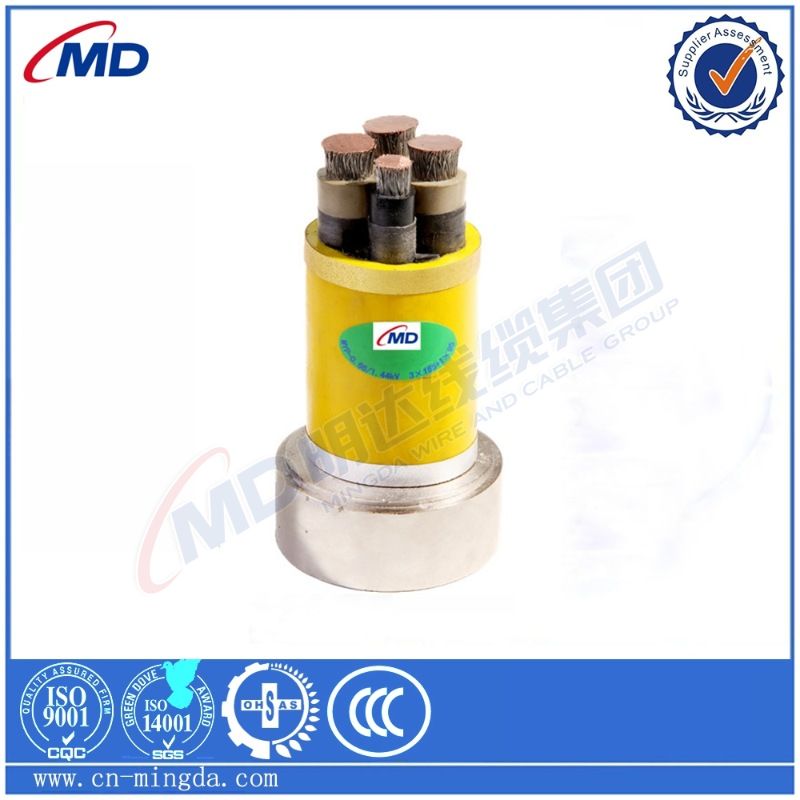ਦਸੰ. . 16, 2024 01:29 Back to list
Optimizing Performance and Efficiency in Actuated Valve Systems for Industrial Applications
Actuated Valves A Comprehensive Overview
Actuated valves play a crucial role in various industrial processes, offering precise control over the flow of fluids, gases, and slurries. These devices combine traditional valve mechanics with automation technology, allowing for efficient operation in applications ranging from water treatment to oil and gas production. In this article, we will explore the components, types, applications, and advantages of actuated valves.
Components of Actuated Valves
An actuated valve typically comprises three main components the valve body, the actuator, and the control system. The valve body can be of various types—gate, globe, ball, or butterfly—depending on the specific requirements of the application. The actuator provides the necessary force to open or close the valve, and it can be powered either by electric, pneumatic, or hydraulic means.
The control system plays a critical role in dictating the valve’s operation. It can be manually operated, but in most cases, it's integrated with a supervisory control and data acquisition (SCADA) system, allowing for real-time monitoring and adjustments. Sensors can also be employed to provide feedback on the valve's position, ensuring that the system operates within desired parameters.
Types of Actuated Valves
Actuated valves can be classified into several categories based on their design and function. The most common types include
1. Electric Actuated Valves These utilize electric motors to control the valve's opening and closing. They are ideal for applications requiring precise control and can be easily integrated into automated systems.
2. Pneumatic Actuated Valves Using compressed air, these valves offer rapid action and are highly efficient for processes that demand quick response times. They are often used in manufacturing and chemical processing industries.
3. Hydraulic Actuated Valves These employ hydraulic fluid pressure to operate the valve. They are suitable for high-force applications, making them a preferred choice in heavy industries such as oil and gas.
4. Smart Valves An emerging trend in actuated valves is the inclusion of IoT technology. Smart valves come equipped with sensors and communication systems, allowing for remote monitoring and control, further enhancing operational efficiency.
actuated valve

Applications of Actuated Valves
The applications of actuated valves are vast and varied. They are instrumental in industries such as
- Water Treatment Actuated valves manage the flow of water in treatment plants, optimizing filtration processes and chemical dosing. - Oil and Gas In exploration and production, actuated valves control the flow of crude oil and natural gas, enhancing safety and efficiency during extraction and transportation. - Chemical Processing These valves are essential for controlling hazardous substances and maintaining process integrity in the chemical industry. They ensure that the right quantities of reactants are mixed, contributing to efficient production.
- HVAC Systems Actuated valves regulate airflow and temperature within heating, ventilation, and air conditioning systems, contributing to energy efficiency and comfort.
Advantages of Actuated Valves
The integration of automation into valve technology brings several advantages, including
- Increased Precision Automated control allows for more accurate adjustments to flow rates and pressures, leading to optimized processes.
- Improved Safety By minimizing manual intervention, actuated valves reduce the chance of human errors and enhance safety in hazardous environments.
- Cost Efficiency Though the initial investment may be higher, the long-term savings from increased efficiency and reduced manual labor can be significant.
- Enhanced Monitoring The incorporation of sensors and data systems provides valuable insights into system performance, allowing for proactive maintenance and improved overall reliability.
In conclusion, actuated valves are indispensable components in modern industrial processes. Their ability to integrate with advanced technologies and improve operational efficiencies make them a critical asset in various sectors, paving the way for safer and more effective operations. As industries continue to evolve, the role of actuated valves will undoubtedly expand, further revolutionizing the landscape of fluid control technology.
Share
-
Advanced Technology in Wire and Cable FactoryNewsAug.19,2025
-
Applications of Ball Check Valve in Water Treatment PlantsNewsAug.19,2025
-
How Osy Gate Valve Ensures Leak - Tight SealingNewsAug.19,2025
-
Selection Criteria for Wafer Type Butterfly ValveNewsAug.19,2025
-
Threaded Ball Valve Pressure RatingsNewsAug.19,2025
-
Y Strainer PN16 Cost - Effectiveness AnalysisNewsAug.19,2025


